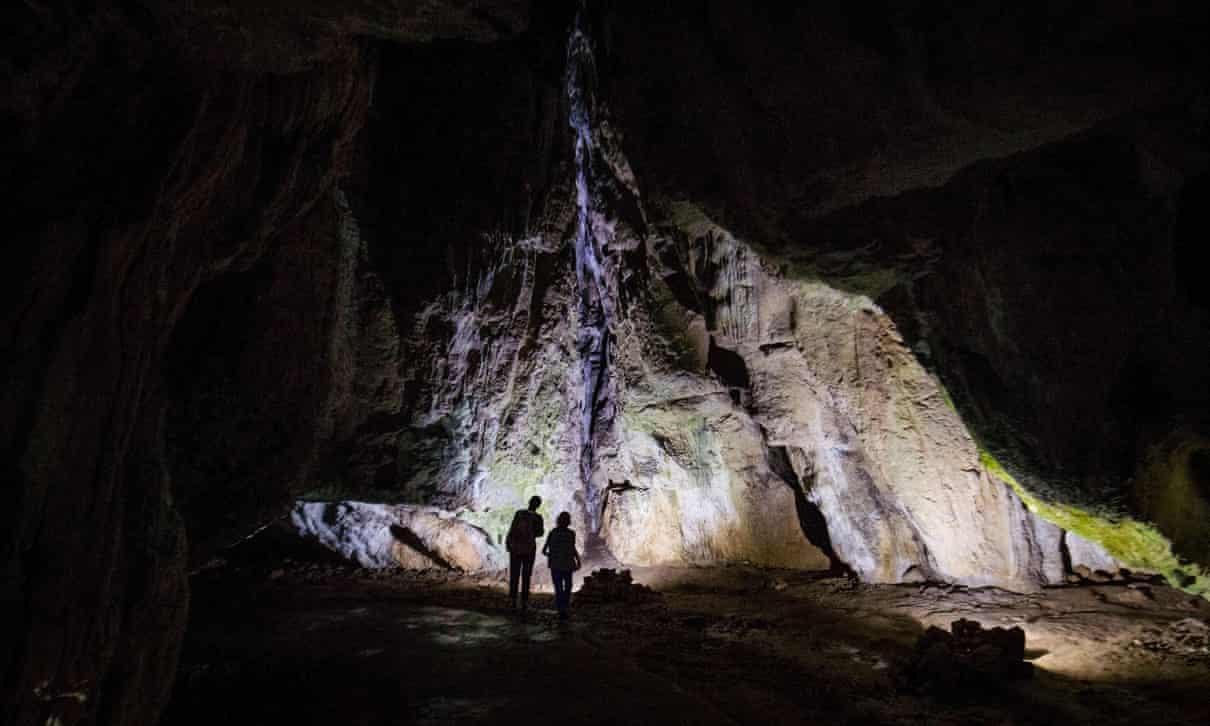
The Bacho Kiro cave in Bulgaria. The research is based on analysis of several ancient human remains – including a whole tooth and bone fragments – found in a cave in Bulgaria last year. Photograph: Nikolay Doychinov/AFP via Getty Images
Genetic sequencing of human remains dating back 45,000 years has revealed a previously unknown migration into Europe and showed intermixing with Neanderthals in that period was more common than previously thought.
The research is based on analysis of several ancient human remains – including a whole tooth and bone fragments – found in a cave in Bulgaria last year.
Genetic sequencing found the remains came from individuals who were more closely linked to present-day populations in east Asia and the Americas than populations in Europe.
“This indicates that they belonged to a modern human migration into Europe that was not previously known from the genetic record,” the research, published Wednesday in the journal Nature, said.
It also “provides evidence that there was at least some continuity between the earliest modern humans in Europe and later people in Eurasia”, the study added.
Read the rest of this article...
No comments:
Post a Comment
Note: Only a member of this blog may post a comment.